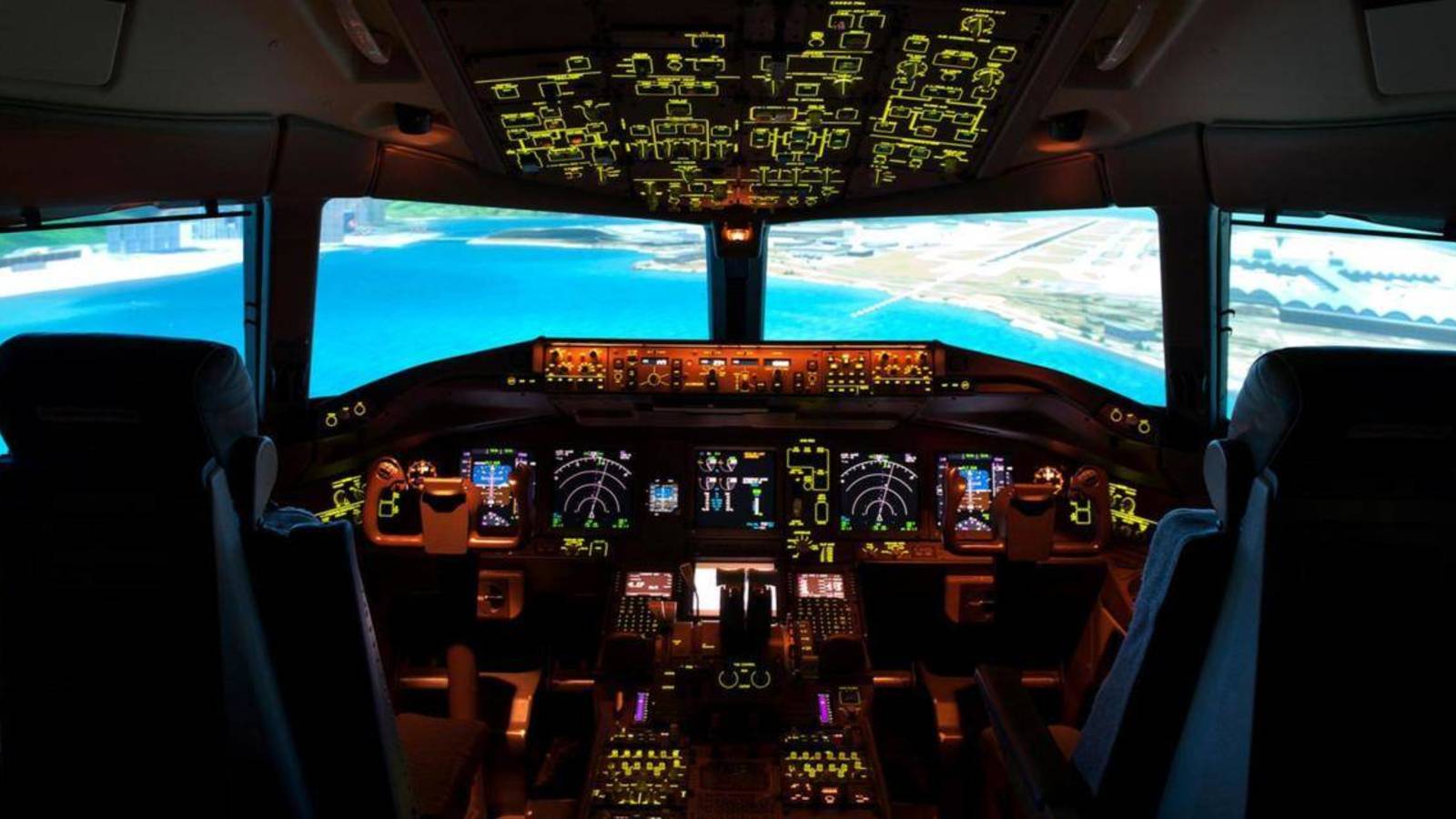For students, future pilots, and even passengers with a certain concern to expand their knowledge, the automatic pilot of aircraft is not completely unknown. However, it is common to ask questions about its operation and role during the flight.
The first autopilot
The autopilot arises from the need to keep the three axes of the aircraft (longitudinal, vertical and transverse) controlled for long periods of time, even several hours, without the need to continuously act on the flight controls.
In 1912 an American researcher, Lawrence Sperry, invented a gyro for airplanes. The utility of this device, the forerunner of modern autopilots, was to help the pilot keep the plane level at all times and maintain altitude and heading. The gyrocompass was connected to an altitude indicator, it was capable of detecting geographic north by means of a compass, and the system acted on the aircraft’s control elements; ailerons and elevator and steering rudders. The invention was not tested until 1920, not on an airplane but on an oil tanker. Only years later Sperry’s invention was applied to aviation.
As we can see, technological advances have made it possible to automate to some extent some on-board tasks, in phases such as ascent, descent, landing (auto-landing), cruise, or power control (auto thrust), but always under the control of the pilots.
How does the airplane’s autopilot work?
Although pilots have the automatic pilot function, which has a great presence in different phases of the flight, manual mode is mandatory during the take-off phase and while parking at the destination.
The rest of the phases can be managed by the automatic pilot as long as it is supervised by the pilots of the aircraft. In any case, the autopilot never does anything on its own or intelligently, but always performs basic tasks that the pilot “commands” at his discretion.
In the phases in which the autopilot is active, the pilots are in constant contact with the air traffic controllers. In this way, flight parameters such as height, speed or heading of the aircraft are adjusted. This information allows the aircraft system to assimilate the information and incorporate it along the way.
Autopilot parameters
The different information that is provided to the system feeds other devices and allows:
- Maintain altitude. The pilots raise or lower the aircraft based on the information they exchange with the controllers. By incorporating this information into the system, the aircraft will climb or descend to the desired altitude and will remain there until the next modifications.
- Schedule and stay on course. Through a flight management system associated with the Automatic Pilot, the route that the aircraft will follow can be automated. Thanks to this, the aircraft is allowed to improve accuracy.
- Navigation. Through the aforementioned Flight Management System – and once the flight is programmed – the plane, using the Automatic Pilot, will follow the programmed route with great precision. All this reduces the possibility of errors that could occur while flying manually, as well as being a great support to the pilots. Once programmed by the Pilot, it marks the route that is followed in the same way that a GPS of a car can do.
- Approach instruments. It allows to pre-program the instruments for the approach to the airport. It allows to have a greater situational awareness and concentration of the pilot, since there will come a time before landing when they will have to return to manual mode.
As you have seen, the autopilot offers a great help to pilots. It allows them to improve driving, but not to forget about it, since it must be constantly supervised.
Autopilot buttons and controls
There are different buttons and controls that operate the automatic mode of some functions. We explain what some of them are.
- To improve the control of the route
- FD: navigation display
- HDG: indicates the heading
- NAV: navigator
- ALT: tells the pilot how to track the altitude
- HDG Knob button: to control the direction
- APPR button: for approach
- LVL button: keeps the plane level
- SPD MACH button: activates speed control
Where is the autopilot located?
The modern autopilot is integrated into the Flight Management System (FMS). This is part of the electronics of the aircraft, which in aviation is called avionics.
This system is like a computer with which the different sources of position information are coordinated, an average position is calculated as accurately as possible and the route and the parameters that the pilot has programmed are managed.
In order to control the system, it is connected to the MCDU. This is formed by a set of keyboard and screen to view the different parameters and manage the system. In addition, it has its own control panel where the values of heading, speed, altitude, etc. are displayed or programmed.
Although airplanes are equipped with all these electronic devices, they are still equipped with conventional sensors, mechanisms and actuators. But the autopilot allows you to fly more safely and efficiently.
